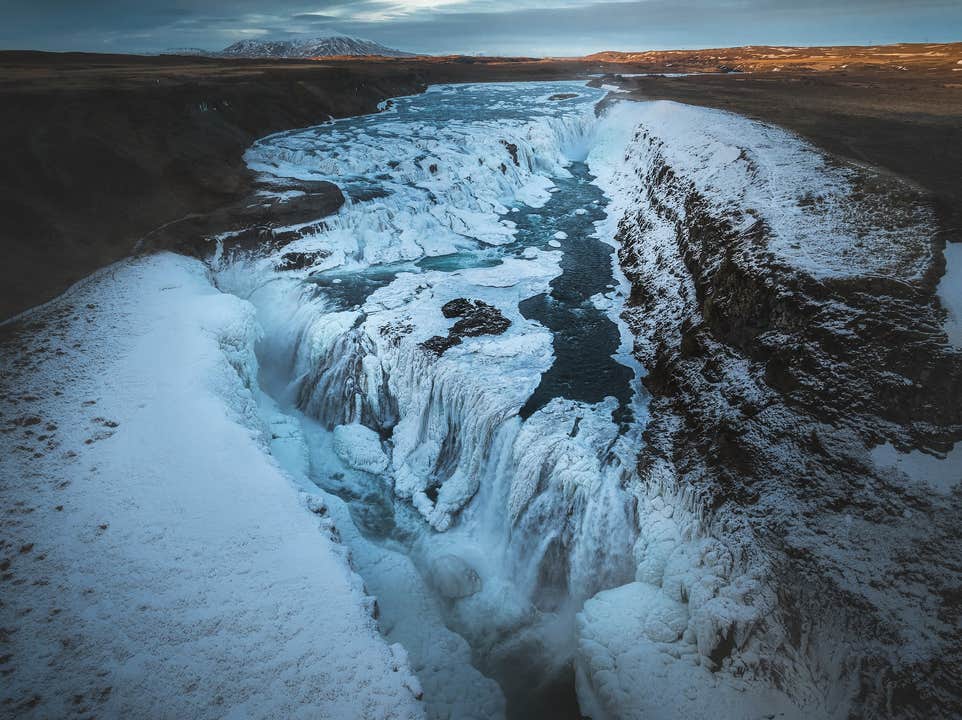説明
まとめ
説明
ゴールデンサークルツアーにユニークな観光スポット、ケリズ火口湖を加えたお得なツアーはいかがでしょうか。
アイスランドで最も人気なゴールデンサークル。このゴールデンサークルでは3つの観光名所を訪れます。ゲイシール地熱地帯、グトルフォスの滝、シンクヴェトリル国立公園を観光後、もう一つユニークな観光スポットにもお客様をご案内します。
ケリズ火口跡は270メートルの幅と55メートルの深さがあり、火口跡の底にある湖は14メートルの深さがあります。ミネラル成分が豊富な火口跡の岩肌と鮮やかな青色の湖とのコントラストはとても美しいです。
シンクヴェトリル国立公園はアイスランド人にとって大変重要な場所です。アイスランドの民主議会が設立された場所であり、ユネスコの世界遺産にも登録されたこの国立公園では北米とユーラシアの大陸プレートの間を歩くことができます。
ゲイシール地熱地帯ではストロックル間欠泉がその見所の一つです。10分毎に30メートルほど熱湯を噴出する姿をお楽しみください。
「黄金の滝」を意味するグトルフォスの滝はアイスランド人に最も愛される滝の一つです。この滝の水しぶきで虹が現れることが多く、勢いのある水流と穏やかな虹との対比は素敵な景色を描きます。小型バスで催行されるため参加人数は最大17人までです!ご予約はお早めに!













